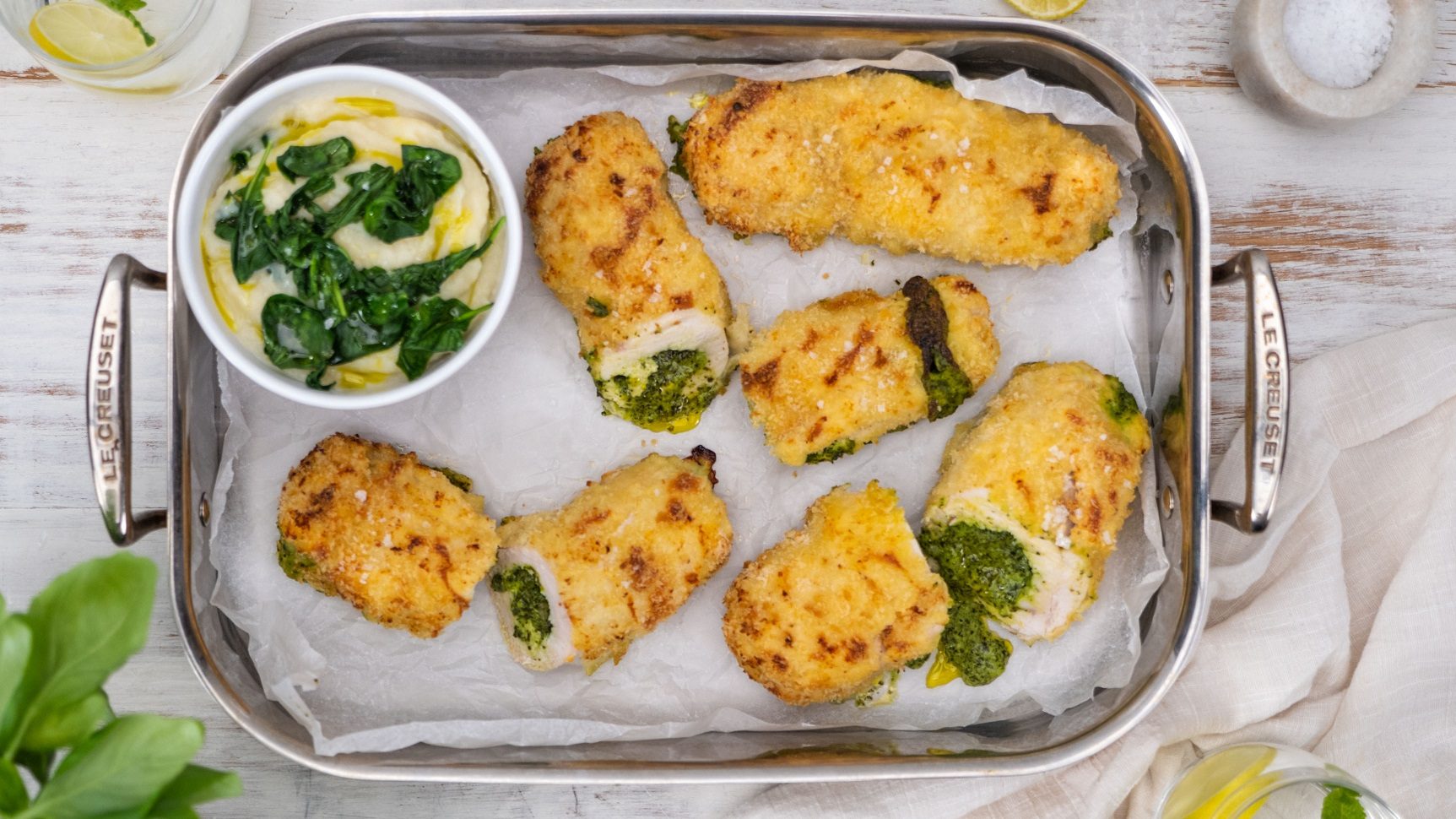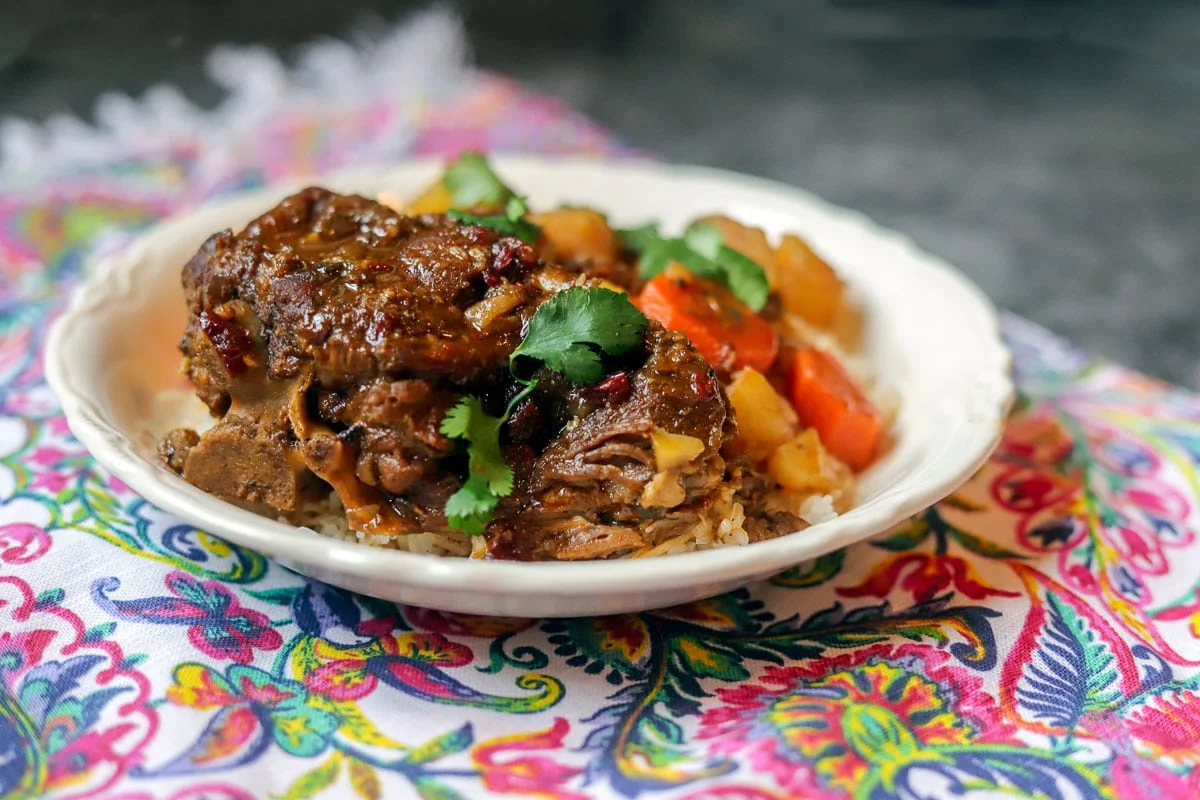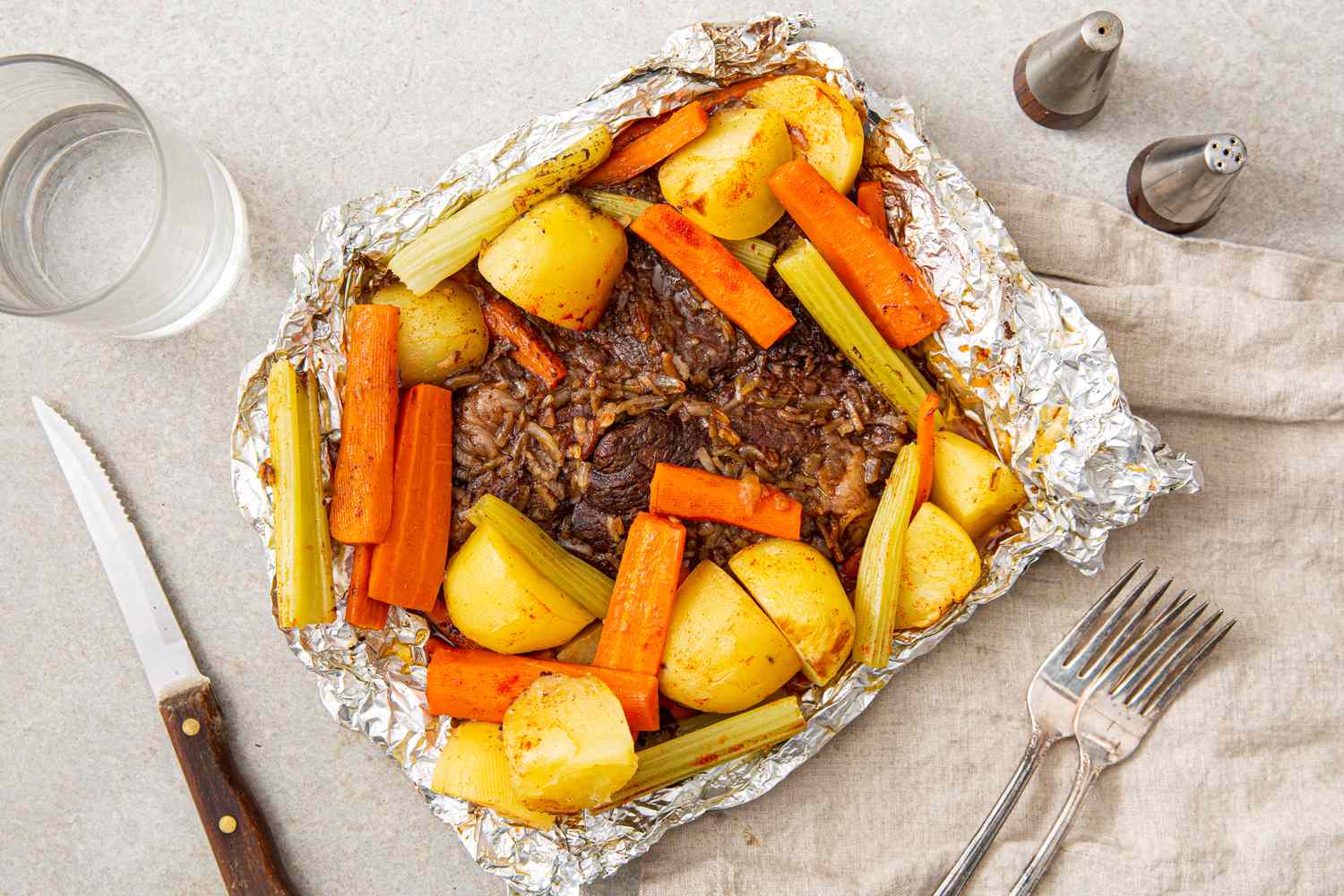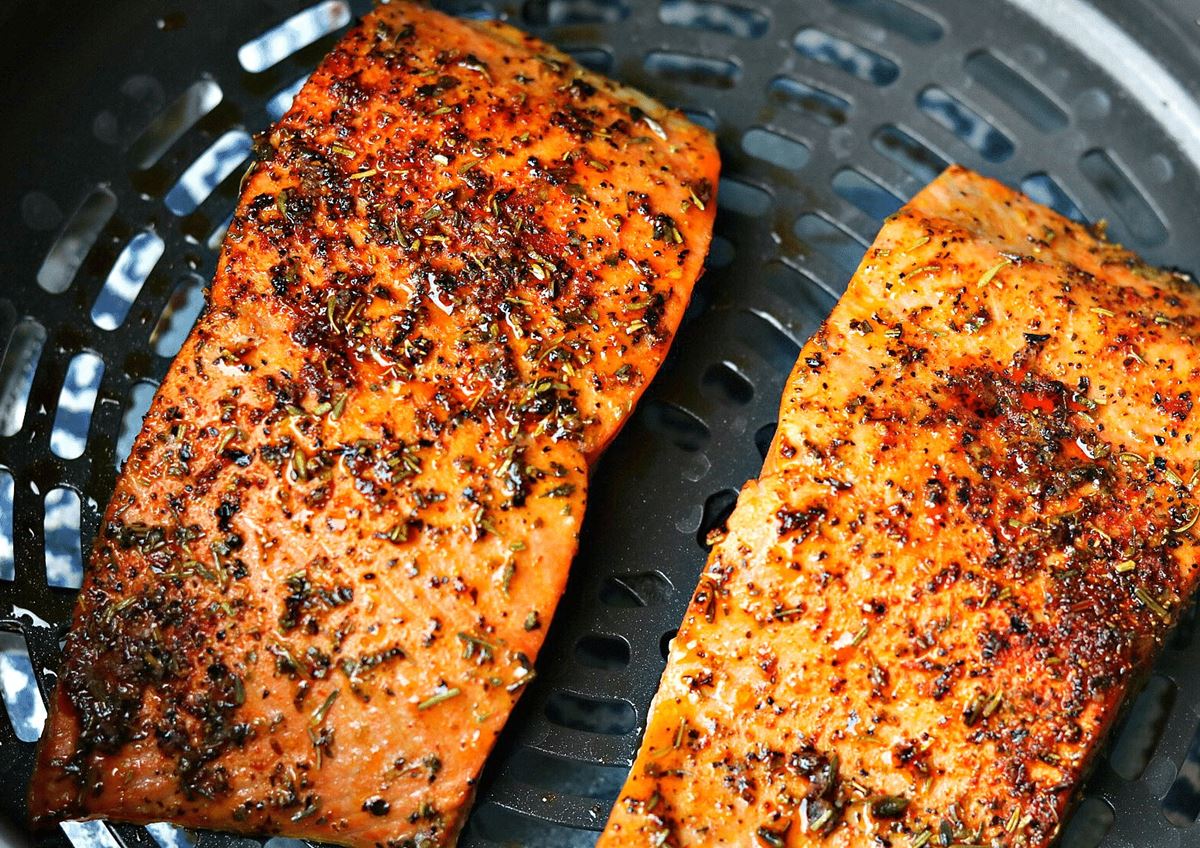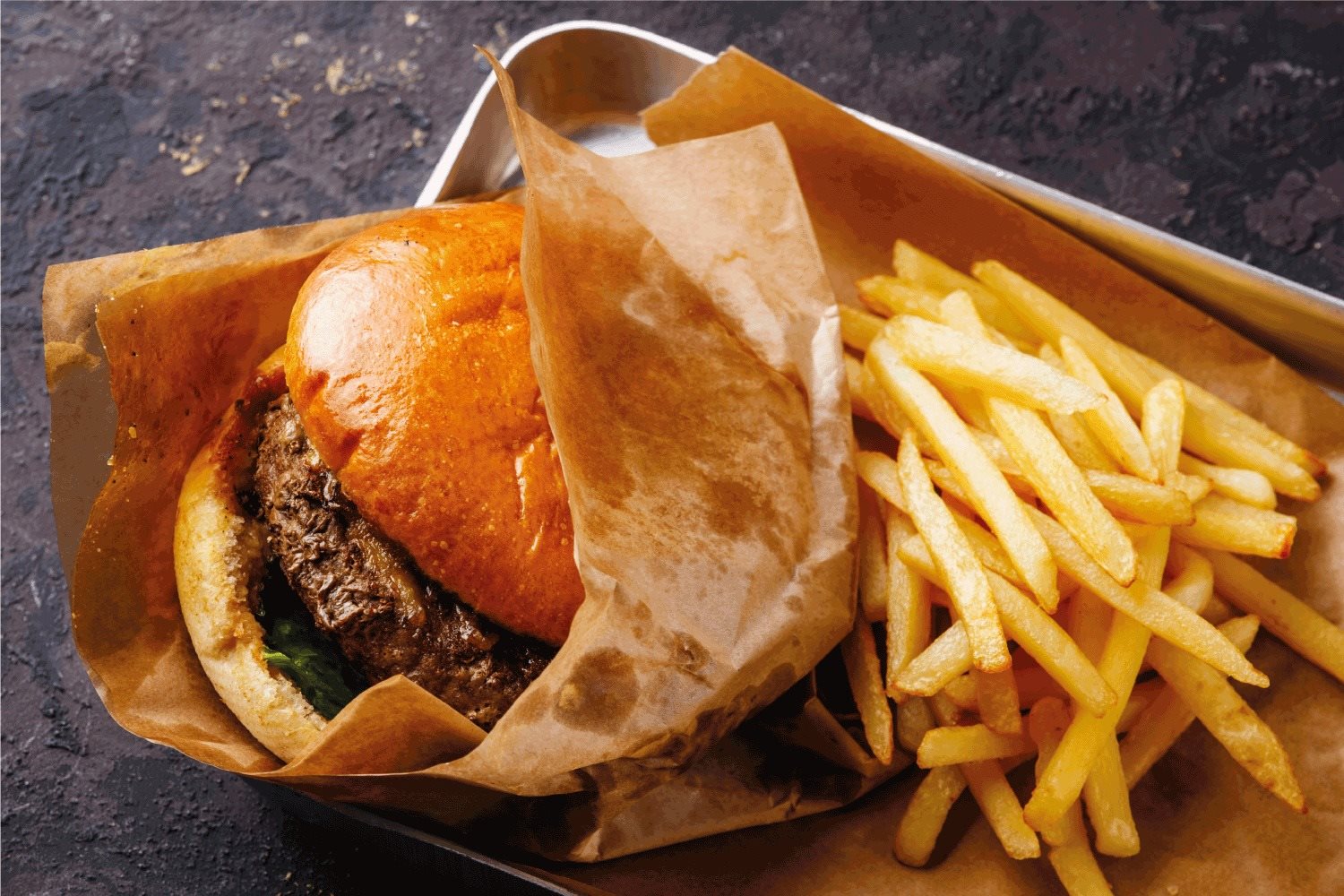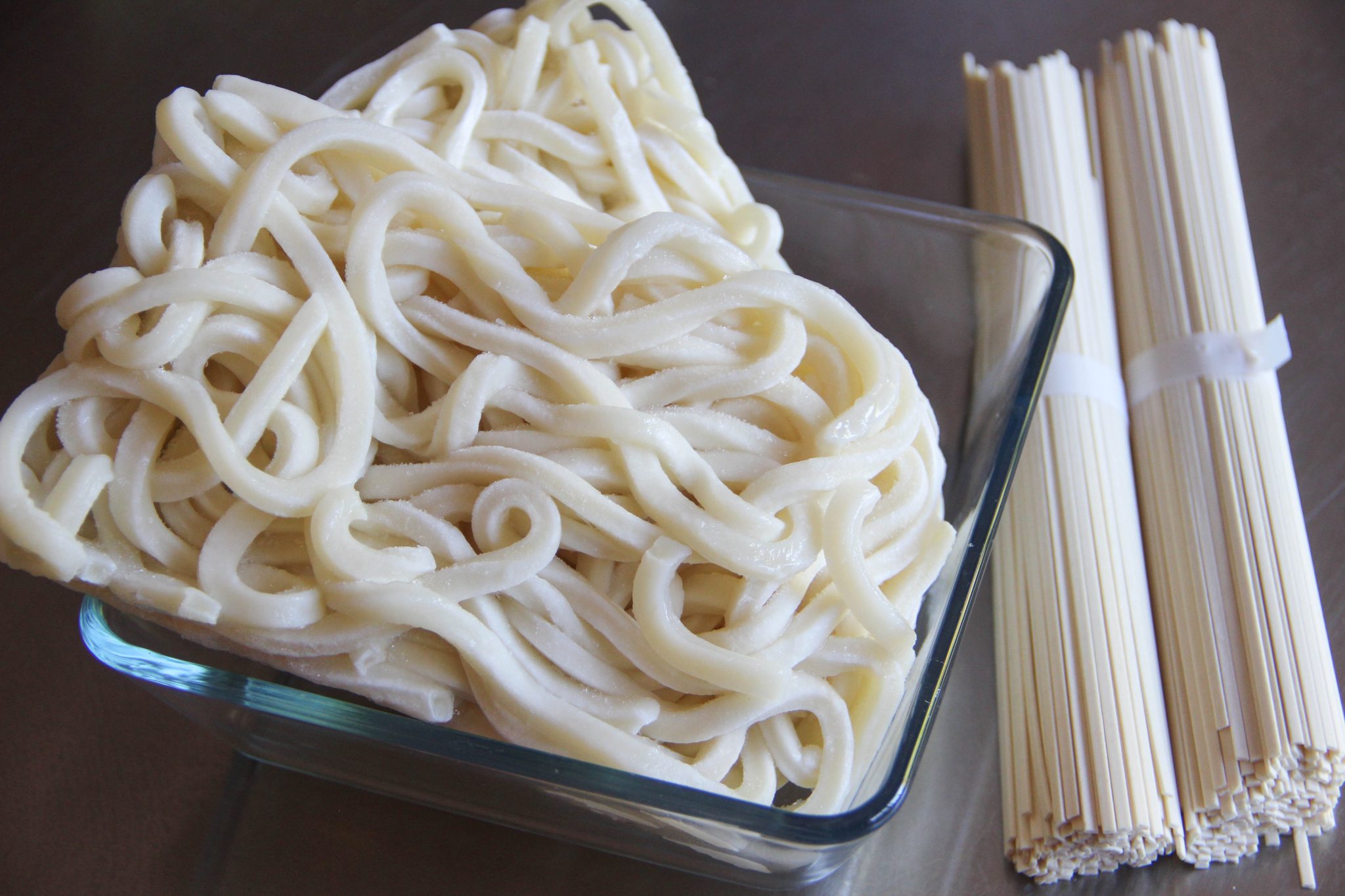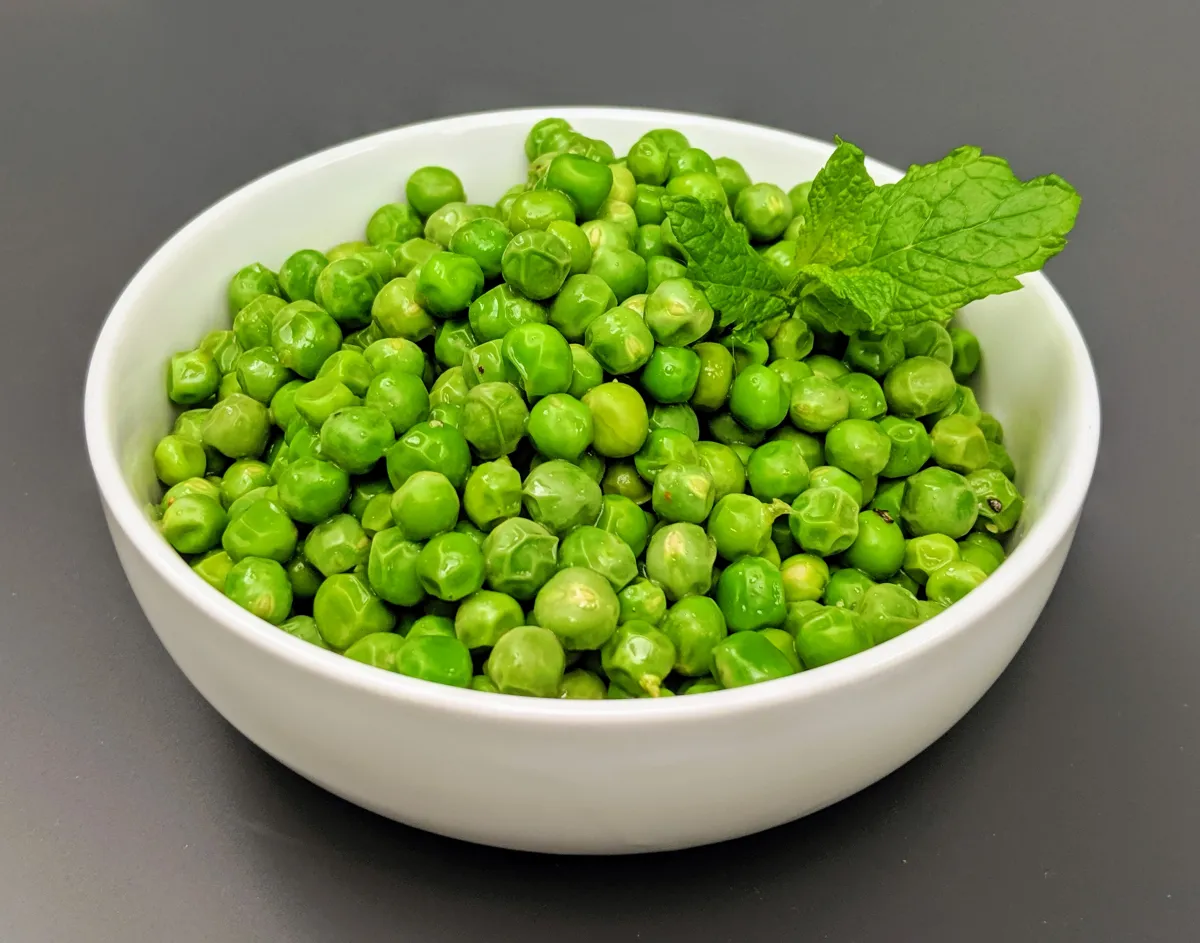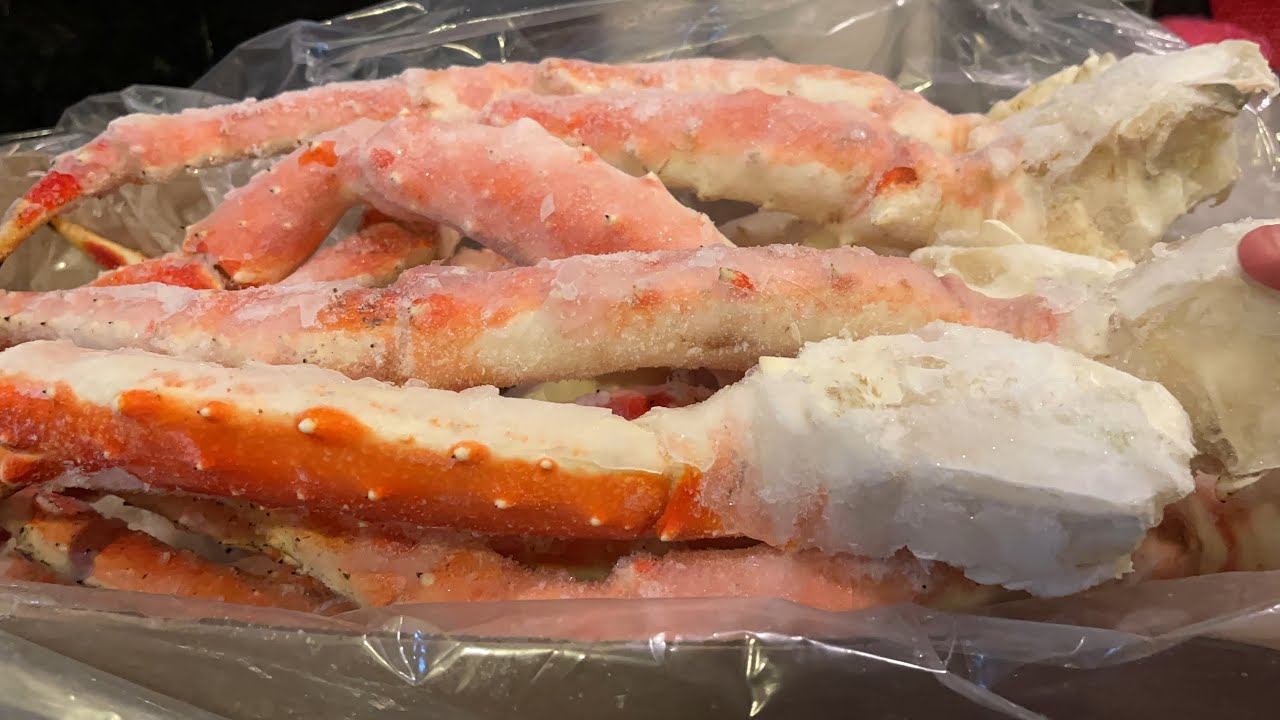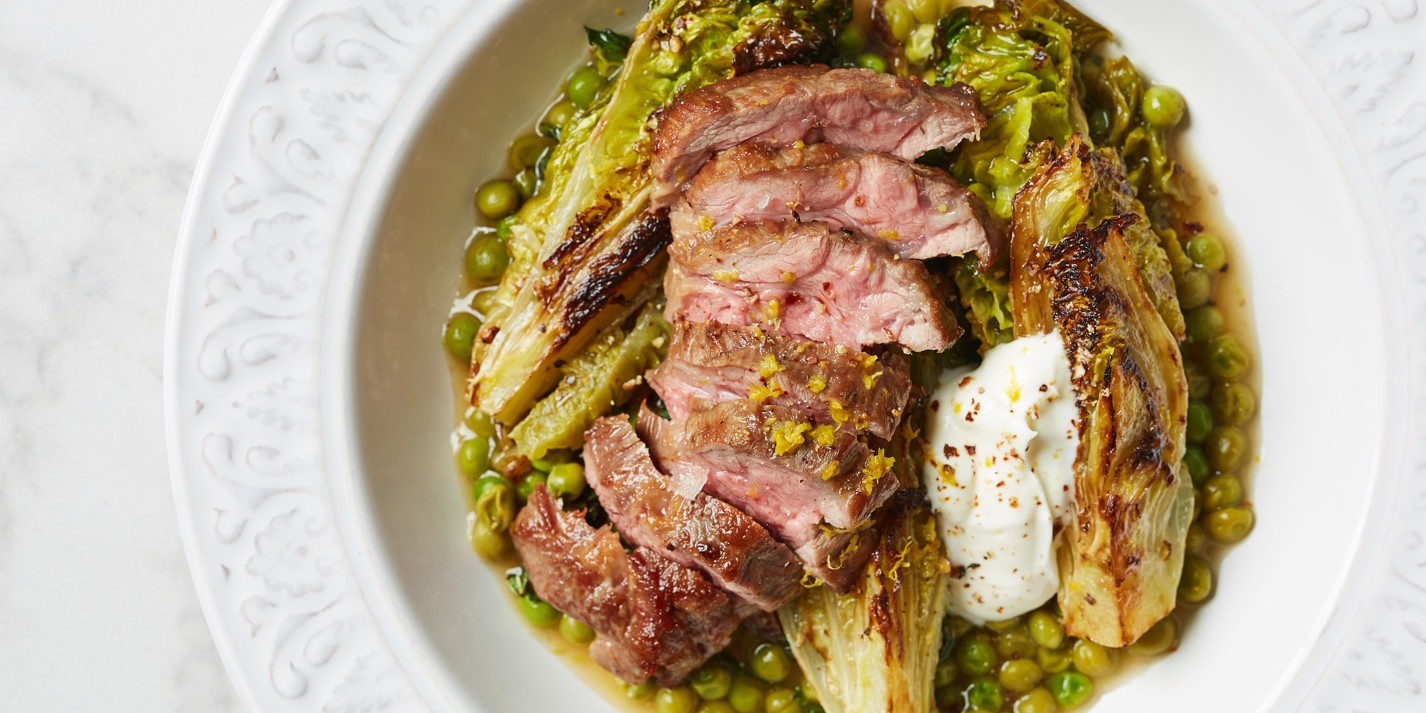How To Cook Deer Leg: A Guide To Preparing Mouthwatering Venison
Deer meat, also known as venison, is a lean and flavorful choice for meat lovers. Among the various cuts, the deer leg offers tender and succulent meat that is perfect for creating a delectable meal. If you’re eager to explore new culinary horizons and elevate your cooking game, we have you covered. This article will guide you through the steps of cooking a delicious deer leg that will leave your taste buds begging for more.
Before You Begin
Cooking a deer leg requires some initial preparation. Here are a few key points to consider:
- Choose a fresh and high-quality deer leg: Whether you hunt the deer yourself or purchase it from a trusted source, make sure the leg is fresh and free from any signs of spoilage.
- Thaw the deer leg: If you’re using a frozen leg, allow it to thaw completely in the refrigerator before cooking. This ensures even cooking and enhances the tenderness of the meat.
- Marinate the leg: Marinating the deer leg not only infuses it with flavor but also helps to tenderize the meat. Use a marinade of your choice and let the leg soak for at least a few hours or overnight.
- Gather your ingredients: Take stock of the spices, herbs, and other ingredients you’ll need for the recipe. This will streamline your cooking process and prevent any last-minute scrambling.
Cooking Methods
There are several ways to cook a deer leg, each lending its own unique flavors and textures to the meat. Let’s explore a few popular methods:
1. Roasting
Roasting is a classic method that brings out the natural rich flavors of the deer leg while ensuring a tender and juicy outcome. Follow these steps:
- Preheat the oven to 325°F (163°C).
- Place the marinated deer leg on a roasting rack in a baking pan. Add some vegetables and herbs for added flavor.
- Cook the leg for approximately 20-30 minutes per pound, or until the internal temperature reaches 145°F (63°C) for medium-rare. Adjust cooking time based on your desired level of doneness.
- Remove the deer leg from the oven and let it rest for a few minutes before carving. This allows the juices to redistribute and ensures a tender result.
2. Slow Cooking
Slow cooking is ideal for those who prefer exceptionally tender and melt-in-your-mouth venison. Try this method:
- Place the marinated deer leg in a slow cooker.
- Add your choice of veggies, such as carrots, onions, and potatoes.
- Sprinkle your favorite herbs and spices over the meat and vegetables.
- Cook on low heat for 6-8 hours, or until the meat is fork-tender.
- Once cooked, remove the leg from the slow cooker and let it rest before serving. Enjoy the tender and flavorful result!
Serving Suggestions
If you’re wondering how to complement the flavors of your perfectly cooked deer leg, consider these serving suggestions:
- Pair the venison with a rich red wine, such as a merlot or cabernet sauvignon, to enhance the hearty flavors.
- Serve the leg alongside roasted vegetables like carrots, Brussels sprouts, or parsnips for a wholesome and satisfying meal.
- Consider adding a touch of sweetness by serving cranberry sauce or apple chutney on the side.
- For a complete culinary experience, serve the deer leg with mashed potatoes or creamy polenta.
Now that you have a solid understanding of how to cook a deer leg, it’s time to put your newfound knowledge into practice. With the right techniques and a dash of creativity, you’ll create a memorable meal that showcases the natural flavors of venison. So, roll up your sleeves, gather your ingredients, and embark on a culinary adventure that will delight your taste buds and impress your guests!
Was this page helpful?
Read Next: How To Cook Leg Of Goat
